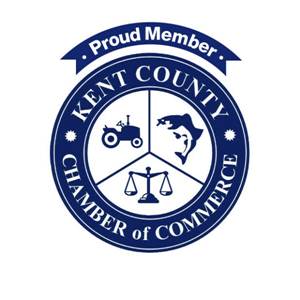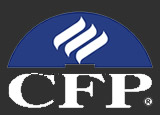2017—October
Opportunity Cost
Our first topic this month is Opportunity Cost. Simply defined, Opportunity Cost is the value of one decision over another. It is the difference between choosing Option One over Option Two. If it is possible and you execute both decisions equally well, then there is no lost opportunity or cost, it is just a busy week. In personal financial matters and this newsletter, we are referring to spending resources (time and money) on one thing, rather than on some other thing.
Lest I appear holier than thou, every weekend as I walk my dock toward our boat “Summer Knights,” I am confronted with a constant reminder of opportunity costs. While we preach prudence, we are human and thus not perfect. When we fail, we should at least be aware of our frivolity.
To begin with we need to acknowledge the real value of every earned dollar we own. That George Washington did not arrive in your pocket easily; it ran a gauntlet of government taxes first. That single dollar had to escape both sides of Social Security (12.4%), local County taxes on income (3.5%), State income tax (6%), Medicare tax (2.9%), $4,500 a year in property taxes, and the grand-pappy of them all, Federal Income tax (25%.) It takes over $2 in company profit just to get $1 in my pocket. We are not even counting all the other costs heaped on businesses just to be allowed to operate in this “free” economy. We are truly lucky the dollar made it into our pocket at all.
Adding salt to the wound, when we spend that surviving dollar here in Maryland, the State slices off another 6 cents. Our after-tax dollar isn’t even worth 100 red pennies, but 94! Okay, okay, I better move on before I damage the keyboard typing this.
Opportunity Cost, therefore, is amplified when we decide to use/spend those finite after-tax dollars. We are allowed to keep so few that when we use them, we should always think about what we could have done differently with them. Since we are giving them over for this thing, we cannot use it on this other thing. This is complicated since the usage choice is not binary—there are thousands of things we can do with those dollars.
The investment arena has been doing well lately—or in Presidential parlance, really very, very fantastically well. I would, therefore, argue that not only is the after-tax dollar expensive to get, but it is also hard not to think about it working for us in an account that is earning some decent market returns. Instead of getting 94 cents out of $2 earned, we could earn a profitable percentage on the full dollar. And if we invest it pre-tax in a 401k, 457, SEP, SIMPLE or an IRA then our measly ole dollar might really turn into something useful in a few years.
Buying anything always involves an Opportunity Cost since if we spend $300 on this new widget we no longer have the $300. This is an exclusive decision since you cannot buy the widget for $300 and then still use that $300 in your long-term investment plan. But how much is $300 worth in the long run?
For fun, I just checked my online purchases (at a major online shopping site that I have been trained like a lab animal to check “Today’s Deals” daily) and the last thing I purchased for more than $300 were folding aluminum chairs for the aforementioned money-pit that floats, “Summer Knights.” The chairs are very nice, (not really $315 nice) but they are cool. Someone else on my dock had just bought them and I had chair envy. In the end, they are just canvas and aluminum and I doubt they will make it through more than another summer. Either the aluminum will get bent out of shape or the canvas will deteriorate or, more likely, I’ll leave them on some other dock and by the time I figure out where they are they will be long gone.
That $315 invested making an average of 4% a year could buy me a brand-new Corvette in three years! Well, maybe I am exaggerating just a bit. In 10 years at 4% per year, the $315 would be worth about $470. But since we are going to practice a little more frugality in the future, let’s add an extra $25 a month, then it grows to $4,151. Now we are talking. And what about the loss of using those lawn chairs? They could easily be replaced with the super-cheap fold-up “camping” chairs for about $15.
Bottom line, the things we spend money on today actually cost more than you think in future earnings. Once spent, money rarely returns to work for us.


